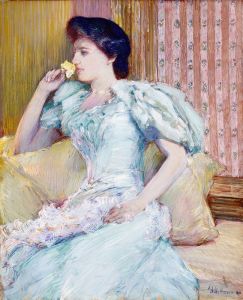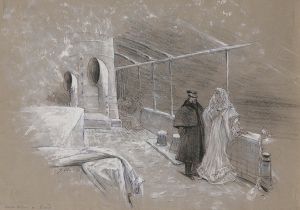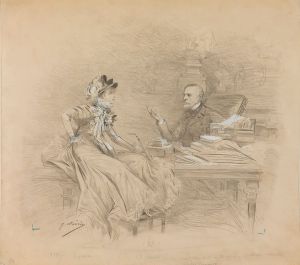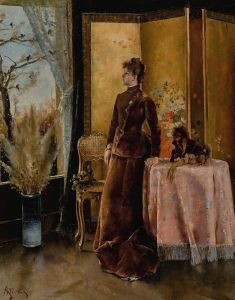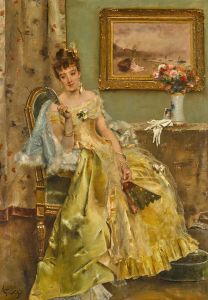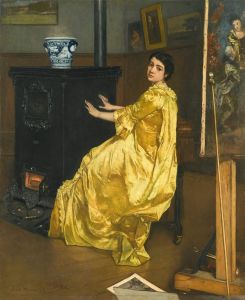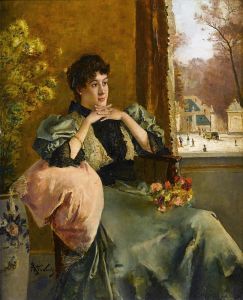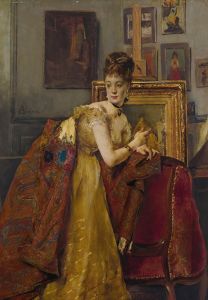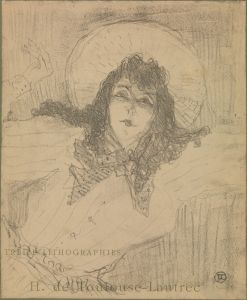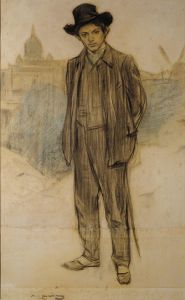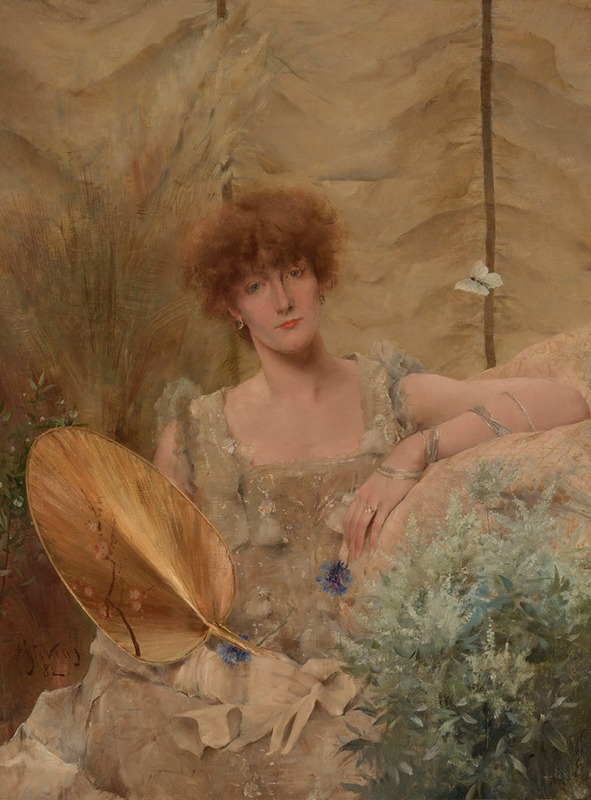
Fedora
A hand-painted replica of Alfred Stevens’s masterpiece Fedora, meticulously crafted by professional artists to capture the true essence of the original. Each piece is created with museum-quality canvas and rare mineral pigments, carefully painted by experienced artists with delicate brushstrokes and rich, layered colors to perfectly recreate the texture of the original artwork. Unlike machine-printed reproductions, this hand-painted version brings the painting to life, infused with the artist’s emotions and skill in every stroke. Whether for personal collection or home decoration, it instantly elevates the artistic atmosphere of any space.
Alfred Stevens was a renowned Belgian painter known for his exquisite portrayal of women in the 19th century. One of his notable works is "Fedora," which exemplifies his skill in capturing the elegance and sophistication of his subjects. Born in Brussels in 1823, Stevens was a pivotal figure in the art world during his time, bridging the gap between realism and impressionism. His works often depicted women of the bourgeoisie, reflecting the social and cultural milieu of the era.
"Fedora" is a testament to Stevens' ability to blend realism with a sense of intimacy and grace. The painting showcases a woman adorned in fashionable attire, a common theme in Stevens' oeuvre, as he was deeply interested in the fashion and social dynamics of his time. His attention to detail is evident in the intricate rendering of fabrics and textures, which brings a lifelike quality to the painting. Stevens had a unique ability to infuse his portraits with a narrative quality, inviting viewers to ponder the stories and emotions behind the serene expressions of his subjects.
Stevens' work was highly regarded in both Belgium and France, where he spent a significant portion of his career. He was part of the Parisian art scene and was influenced by the works of contemporary artists such as Édouard Manet and James McNeill Whistler. Despite the changing tides of art movements during his lifetime, Stevens maintained a distinctive style that celebrated the beauty and complexity of modern life.
"Fedora" reflects the societal changes of the 19th century, particularly the evolving roles and perceptions of women. The painting captures a moment of quiet introspection, with the subject's gaze directed away from the viewer, suggesting a sense of contemplation or perhaps a private world of thoughts. This introspective quality is a hallmark of Stevens' portraits, which often convey a sense of depth and psychological insight.
Alfred Stevens' contribution to art extends beyond his paintings. He was a mentor to younger artists and played a significant role in the development of modern art in Belgium. His works continue to be celebrated for their technical mastery and their ability to capture the essence of an era. "Fedora," like many of Stevens' paintings, remains a valuable piece of art history, offering insights into the fashion, culture, and social dynamics of the 19th century.
In summary, "Fedora" by Alfred Stevens is a quintessential example of the artist's talent for portraying the elegance and complexity of women in the 19th century. Through his meticulous attention to detail and his ability to convey emotion and narrative, Stevens has left an indelible mark on the art world, and his works continue to be admired for their beauty and historical significance.





